What Is a Fisheye Lens? Definition and Examples for Filmmakers
If you're making a shot list, you might want to consider using a fisheye lens for some of your angles.
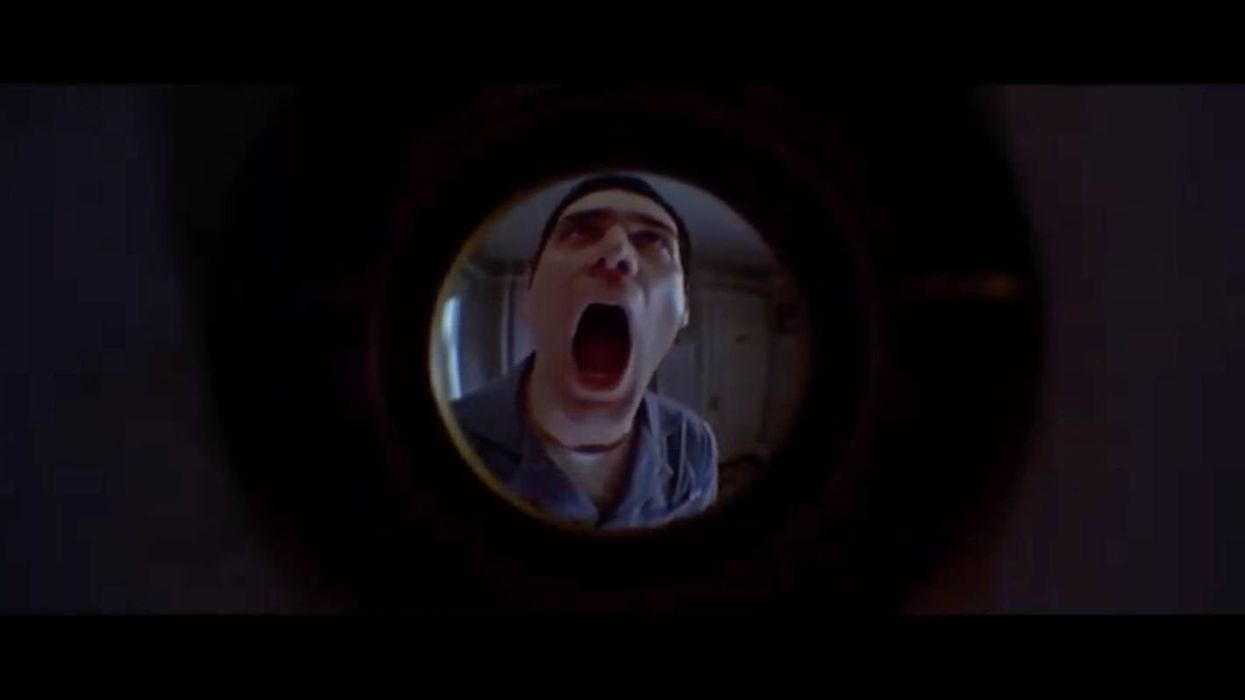
There's nothing more fun than working in a visual medium. You get to spend time coming up with the way things appear on the screen and how those appearances will emotionally affect the audience.
One of the ways filmmakers manipulate footage is by using a fisheye lens. But if you're new to filmmaking or cinematography, you may not know what a fisheye lens is, and we want to fix that. These are camera attachments that can really add some spice and vigor to your shooting style. They're unexpected and beautiful.
Today we're going to go over these lenses. We'll see the definition, as well as some examples of fisheye lenses and learn why filmmakers use them in their work.
Sound good? Let's get started.
What Is a Fisheye Lens? Definition and Examples for FilmmakersI
Lens choice is one of the most popular topics we write about on this website because everyone is looking for the "right" answer. In actuality, they should let the stories guide them. When is it right for the story to use a fisheye lens? Let's dig into the definition to find out.
So what are fisheye lenses?
Fish Eye Lens Definition
A fisheye lens is a camera lens that shoots extremely wide angles. It typically has a width of 180 degrees, referred to as a “super wide” or “ultra-wide.” The aim is to create a wide panoramic or hemispherical image.
What sets a fisheye lens apart is that it produces an image that will appear warped. It can feel vibrant and abstract. There are circular and full-frame fisheyes.

The History of the Fisheye Lens
In 1906, physicist Robert W. Wood came up with an invention that was supposed to mimic how a fish would see the world underwater. People enjoyed using this lens, which gave a brand new perspective to the world. In the 1920s, it was used to study cloud formations by meteorologists as well.
But in terms of Hollywood, the lens wasn't used prominently until the 1960s. This caused it to be mass-produced, and it's why it is still around today.
What Does a Fisheye Lens Do?
Many cinematographers and directors employ fisheye lenses to shoot extremely wide shots like landscapes, the sky, and even shots into space. There are also many creative ways to use it. You can point it at skyscrapers and artistic sculptures, use it in extreme sports, and even use it in film and TV.
You can use them with any camera angle and camera movement.
The distorted photography they produce can play with scale and shape. You can change how an audience feels about space by slightly warping what they're used to seeing.

What Are the Types of Fisheye Lenses?
There are two types of fisheye lenses, and each produces a very different effect.
- Circular
- Full-frame
Circular Fisheye Lenses
This is the lens that captures a full 180° view, and it does it in all directions. There are no edges to this lens. You get a circular image with a black ring.
Circular fisheye lenses
- The Peleng 8 mm f/3.5 circular fisheye lens
- Accura 12 mm f/8
- C-4 Optics Hyperfisheye 4.9 mm f/3.5
- Canon FD 7.5 mm f/5.6
- Entaniya HAL 200 6 mm f/4
- Entaniya HAL 250 6 mm f/5.6
- Nikon F 6 mm f/2.8
- Nikon F 6 mm f/5.6
- Nikon F 6.2 mm f/5.6
- Nikon F 7.5 mm f/5.6
- Nikon F 8 mm f/2.8
- Nikon F 8 mm f/8
- Olympus OM Auto-Fisheye 8 mm f/2.4
- Peleng 8 mm f/3.5
- Sigma 8 mm f/4.0 EX DG
- Sigma 8 mm f/3.5 EX DG
Zoom fisheye lenses
- Canon EF 8–15 mm f/4L Fisheye USM
- Nikon AF-S Fisheye Nikkor 8–15 mm f/3.5–4.5E ED
- Tokina AT-X AF DX = Pentax DA ED IF 10–17 mm f/3.4-4.5
- Pentax F 17–28 mm f/3.5–4.5 Fisheye
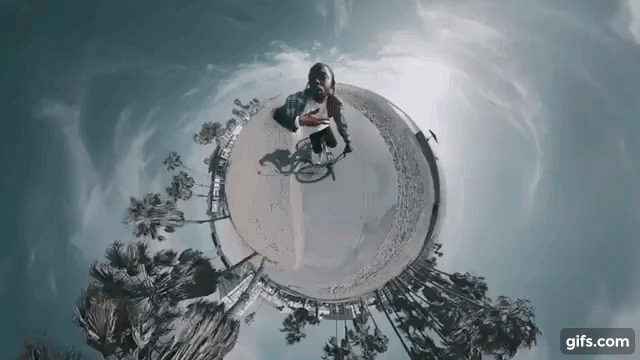
Full-Frame Fisheye Lenses
These are more typical lenses, still capturing 180° but along the diagonal. technically this is a less wide angle. It is rectangular and does not have black borders.
Full-frame (i.e. diagonal) fisheye lenses
- Canon EF 15 mm f/2.8
- Canon Fisheye FD 15 mm f/2.8
- Fuji Photo Film Co. EBC Fujinon Fish Eye 16 mm f/2.8
- Minolta AF 16 mm f/2.8,
- Nikon Fisheye-Nikkor 16 mm f/2.8 AI-s and AF D
- Nikon Fisheye-Nikkor 16 mm f/3.5
- Pentax SMC 17 mm f/4 Fish-Eye
- Pentax 18 mm f/11 Pancake Fisheye
- Samyang 12 mm f/2.8
- Sigma 15 mm f/2.8
- TTArtisan 11mm f/2.8 Fisheye
- Zenitar 16 mm f/2.8 Fisheye lens

Why Do Filmmakers Use Fisheye Lenses?
The fisheye gives a filmmaker the opportunity to play with scale and with wide angles. You can choose either application, circular or full frame, to mess with people's minds and pull out more emotions. You could add them to horror to be eerie, a romantic comedy to show how a character sees the world differently in love, or in drama to show the expansive nature of a city or valley.
People use them to shoot extreme sports for cool effects, and in music videos to change the curve of the earth.
How to Make a Fisheye Lens
You can buy a fisheye lens, but you can also make one at home. The easiest way is to grab a DSLR camera and a glasses lens. You want the DSLR to have the widest lens on it and be at its widest setting, say 18mm.
You want to make sure the camera is in macro mode so it can focus. Now put the glasses lens on top of the camera lens. You are going to have to hold it there by hand or right something up to keep it there.
The glasses lens will create a fisheye effect in the photos or video you take. You can twist the concave glass around, affecting what kinds of images you capture as well.
Now, that takes owning a lot of things to get the effect. There are ways you can mimic this look in post as well. There's something called the Spherize filter. But this filter will only do that effect for the exact center of the image.
You can use that filter in Adobe and other editing software.
Fisheye Lens iPhone
As you might have guessed, many people sell and market fisheye lenses for iPhones. They come as attachments. Here are some you should check out.
- Moment Lens
- Olloclip Mobile Photography Box Set
- VicTsing 3 in 1 Phone Camera Lens
- SANDMARC fisheye lenses for iPhone
- Amir Phone Camera lens kit
Fisheye Lens Picture Examples
Just hit Google and you'll find a plethora of fisheye lens pictures. Still photographers across the world use them to capture lots of cool things. I'm going to post a few below so you get the picture. Pun intended.



The Fisheye Lens Effect—Examples in Movies and TV
Of course, the fisheye lens is not just for still photography. Filmmakers across mediums love to use the effect to get something from the audience. One of my favorite examples is from the Kendrick Lamar music video for "Humble."
I think it's a really interesting way to show the rapper on top of the world, then contrast the title of the song.
In movies and TV, we see the technique used often as well. It's sort of the default lens choice if you're looking through a peephole or even seeing something through a hidden camera.
It also can be used stylistically, like Terry Gilliam does, to evoke claustrophobia in Brazil. And in The Favourite, it's used to make the audience feel uneasy and worried about the world they're in.
There are even a few of these shots in 2001: A Space Odyssey from Hal's perspective. And some just show the space station.

Summing Up "What Is a Fisheye Lens? Definition and Examples for Filmmakers"
Now that you understand this lens, I hope you have the courage to use it in your work. What began in the early 1900s has become a very cool effect top filmmakers use to keep the audience on their toes. The more we play with our visuals, the more creative we can be on set.
We can get out of the boring norm and deliver something extraordinary.
What are some of your favorite uses of the fisheye lens? Let me know in the comments.

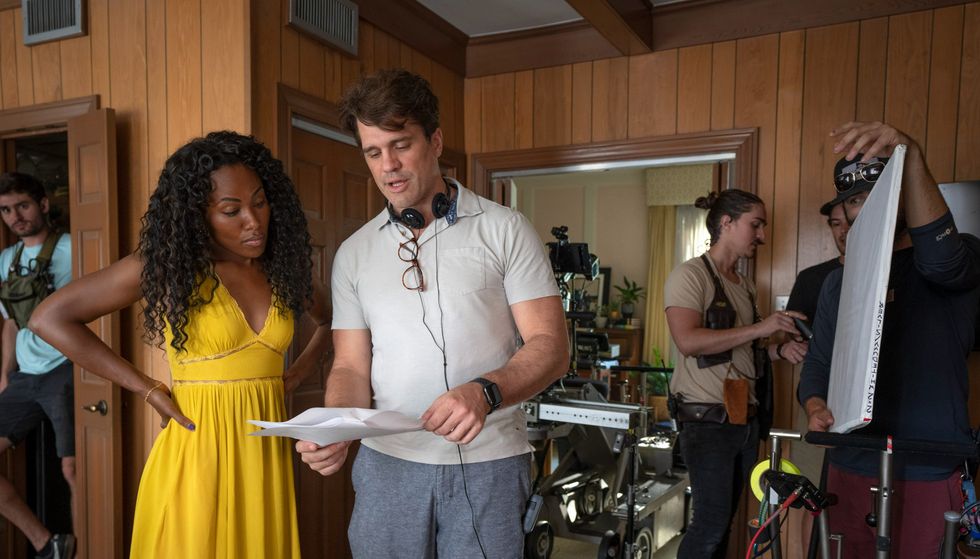 Jeff Wadlow and DeWanda Wise behind the scenes of ImaginaryProvided
Jeff Wadlow and DeWanda Wise behind the scenes of ImaginaryProvided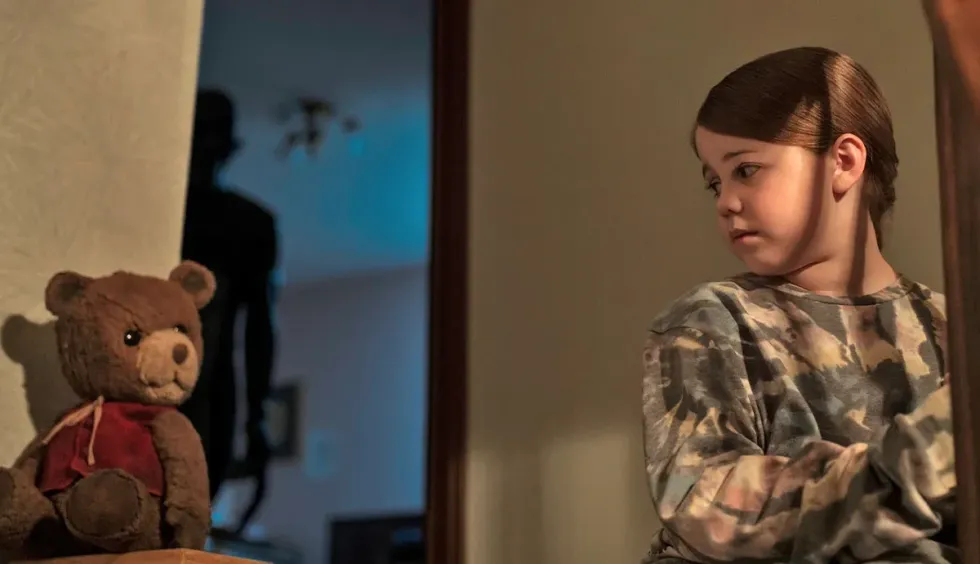 Pyper Braun in Imaginary
Pyper Braun in Imaginary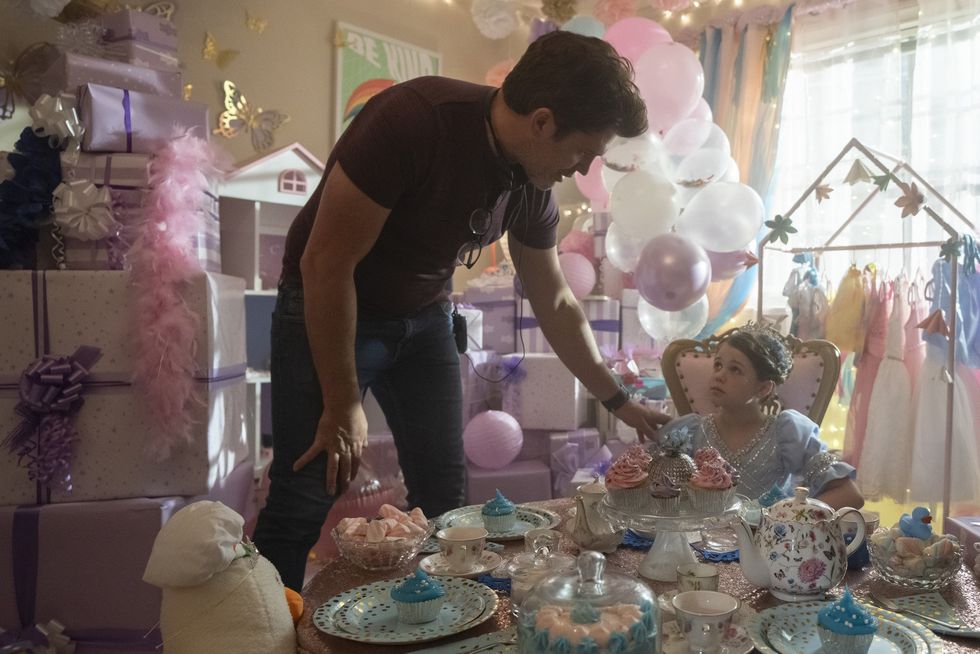 Jeff Wadlow and Pyper Braun behind the scenes of ImaginaryProvided
Jeff Wadlow and Pyper Braun behind the scenes of ImaginaryProvided









